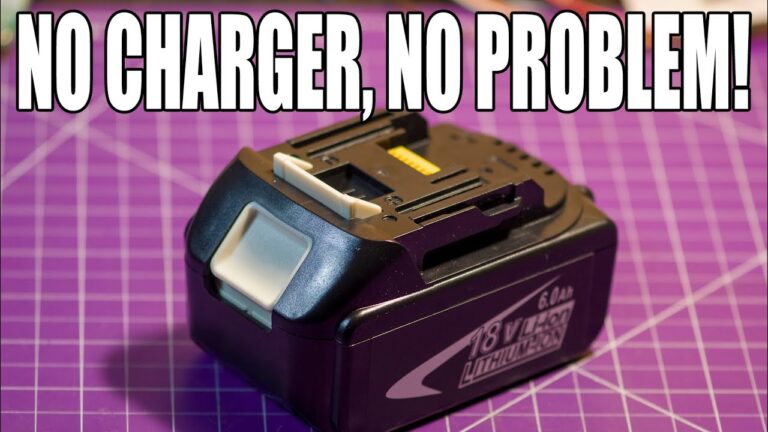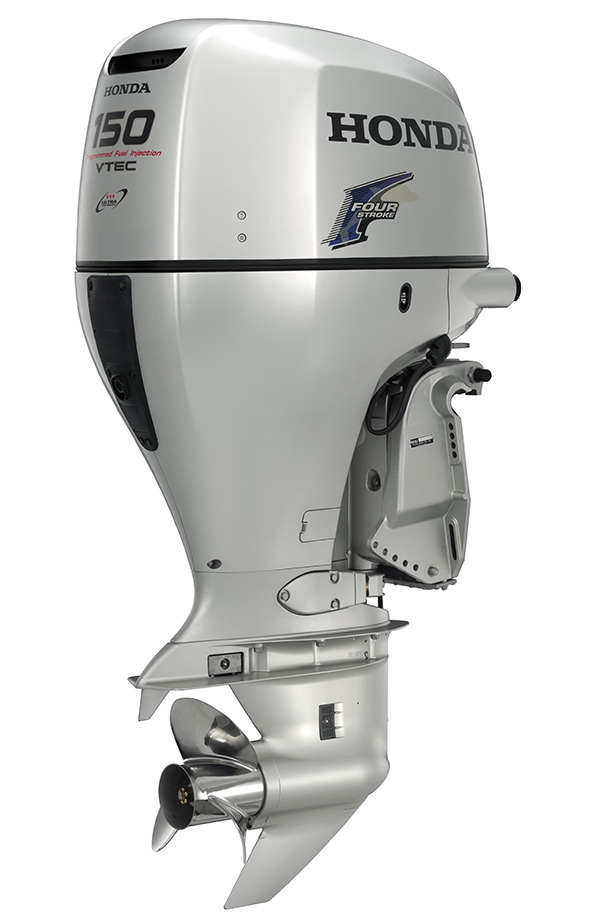Battery Shows 12 Volts But Won’t Start: Troubleshooting Tips
If your car battery shows 12 volts but won’t start, the most likely cause is a faulty starter or insufficient fuel. The battery may have enough power to display a voltage reading but not enough to crank the engine.
It’s essential to check the connections and wires for any loose or frayed parts. Additionally, depleted chemicals, internal resistance, and temperature can affect the battery’s current output. Testing the battery’s cranking amps will help determine if it needs to be replaced.
Keep in mind that a battery can have good voltage but still be bad if its cranking power is lost.
Reasons Why A Battery Shows 12 Volts But Won’T Start
Battery showing 12 volts but won’t start can be caused by various factors. One possible reason is a faulty starter. If the starter is not working properly, it won’t allow the engine to turn over and start. Another possible cause is insufficient fuel. If there is not enough fuel in the tank, the engine won’t have enough fuel to ignite and start. Additionally, bad battery connections can also prevent the car from starting. If the connections between the battery and the starter or other components are loose or corroded, it can interrupt the flow of electricity and hinder the starting process.
It’s important to have these issues checked and resolved by a professional mechanic. They can diagnose the exact problem and provide the necessary repairs or replacements to get your car starting properly again.
Testing The Battery For Potential Issues
Battery issues can be frustrating, especially when your battery shows 12 volts but won’t start your vehicle. Testing the battery is crucial to identify potential issues and resolve them. One way to test the battery is by checking the voltage versus the current. Voltage refers to the electrical potential difference in the battery, while current refers to the flow of electricity. Understanding the internal resistance in batteries is also essential. Healthy batteries typically have low internal resistance, but factors such as temperature and depleted chemicals can increase this resistance significantly. Additionally, a faulty starter or insufficient fuel can also prevent your car from starting, even if the battery has enough power. By testing the voltage, current, and considering other possible issues, you can diagnose and address the problem effectively. Remember to check battery connections for any loose or frayed wires as well.
Solutions For Battery Showing 12 Volts But Not Starting
| Solutions for Battery Showing 12 Volts but Not Starting | |
| Checking Battery Connections | Testing for Cranking Amps |
|
|
| Jumpstarting the Battery | |
|
|

Credit: www.youtube.com
Frequently Asked Questions On Battery Shows 12 Volts But Won’T Start
Can A Battery Have 12 Volts And Still Be Dead?
Yes, a battery can have 12 volts and still be dead due to factors like internal resistance, depleted chemicals, and temperature affecting its ability to provide current.
Will A Car Start If The Battery Is At 12 Volts?
A car may start if the battery has a voltage of 12 volts, but it depends on various factors like the condition of the battery, the weather, and the electrical components of the car. It’s best to have a fully charged battery with sufficient cranking power to ensure reliable starting.
Why Does My Battery Have Power But Wont Start?
If your battery has power but won’t start, the most common cause is a faulty starter or insufficient fuel. It could also be due to internal resistance, loose connections, or a frayed wire. Check the connections, test the battery’s cranking amps, and ensure there is sufficient fuel to troubleshoot the issue.
How Can A Battery Have Voltage But No Current?
A battery can have voltage but no current due to internal resistance, temperature, depleted chemicals, or faulty connections. Although the voltage may read normal, the internal resistance can increase, preventing the flow of current.
Conclusion
If you find yourself in a situation where your car battery shows 12 volts but won’t start, there are a few possible causes to consider. While it may seem puzzling, a faulty starter or insufficient fuel can be the main culprits.
Additionally, batteries can have internal resistance and depleted chemicals, which can affect the current flow. If you’re experiencing this issue, it’s essential to check all the connections and ensure they’re clean and tight. Remember, sometimes the voltage may be good, but the cranking amps are lost, indicating a battery going bad.








